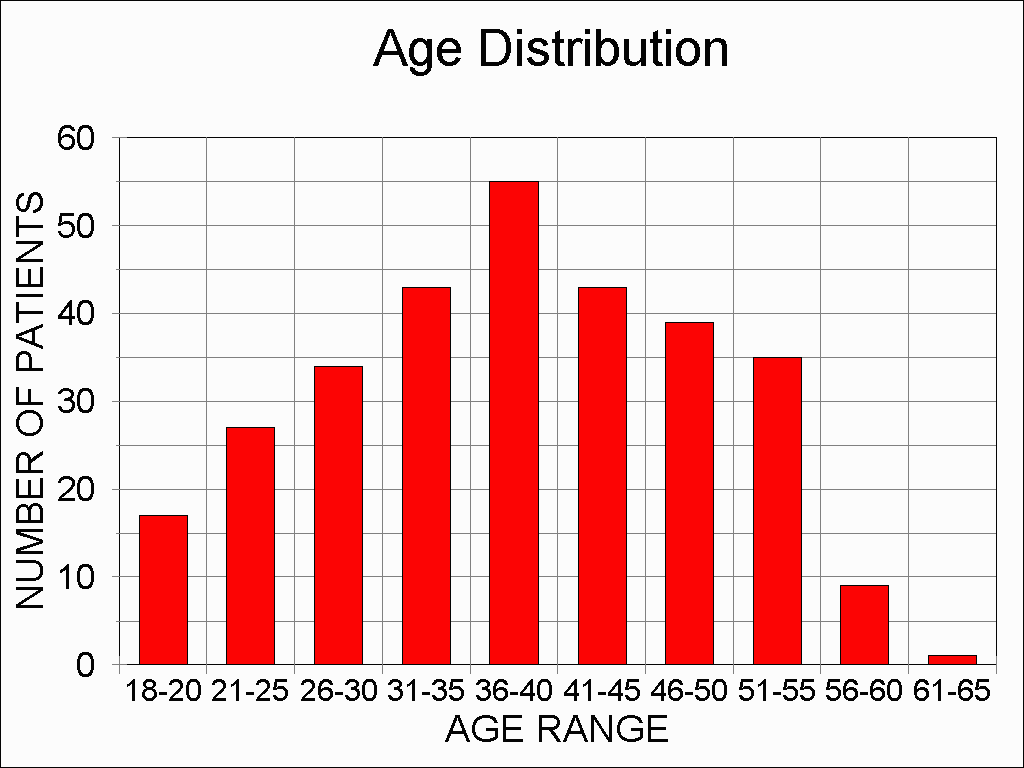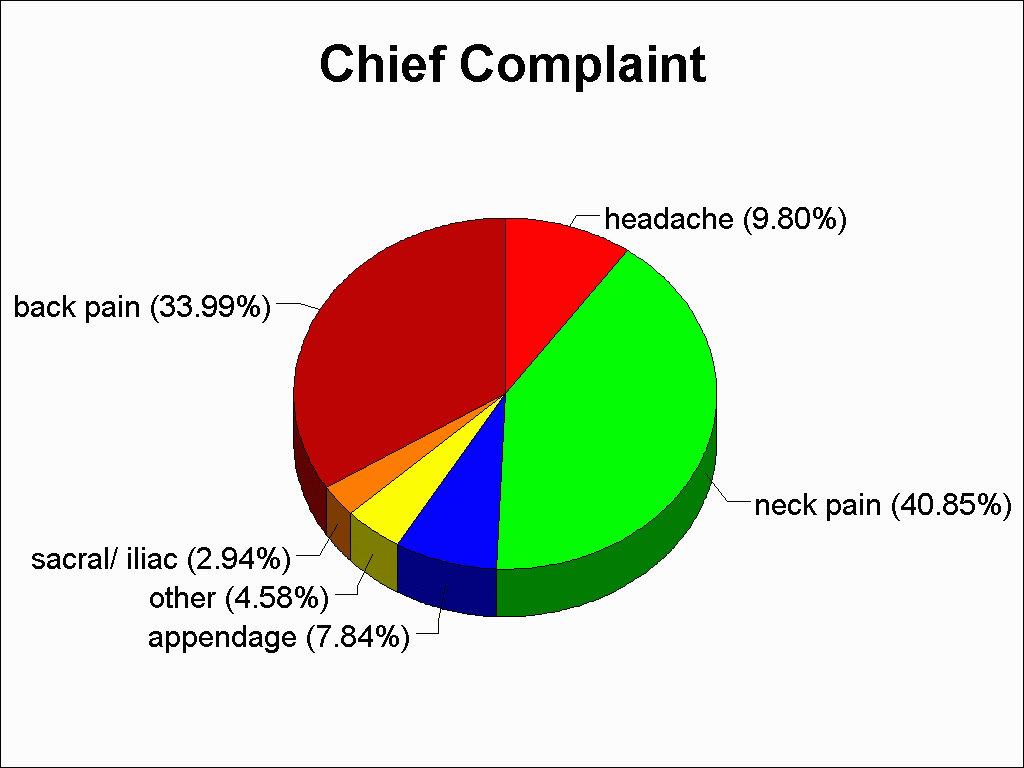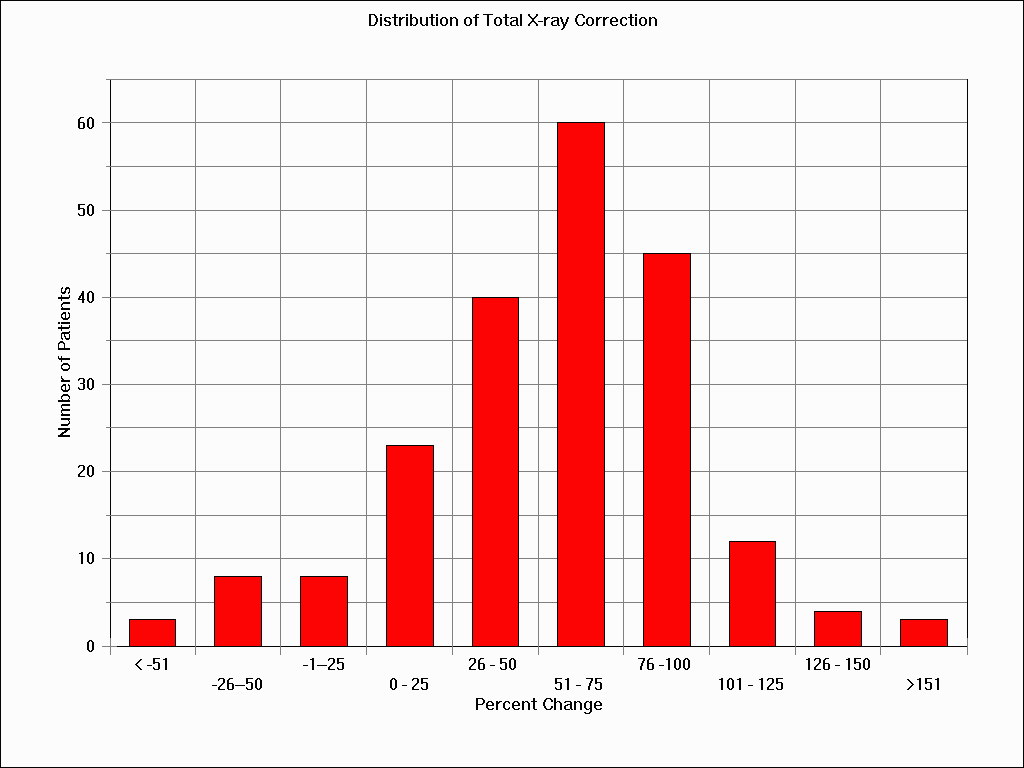Changes in General Health Status during Upper Cervical Chiropractic Care.
Kathryn Hoiriis, DC*
Deana Burd, BS*
Edward Owens, MS, DC%
* Life University, School of Chiropractic
% Sherman College of Straight Chiropractic
Proceedings World Federation of Chiropractic, 5th Biennial Congress, Aukland, NZ, May 17-22, 1999.
Abstract
Introduction: Outcomes research can be used to test the
efficacy and effectiveness of chiropractic care. In this study, the
Global Well Being Scale (GWBS) and the Rand SF-36 (SF-36)
were used as outcome measures in a practice-based research
project. Upper cervical specific practitioners obtained data from
their patients without regard to type of complaints. The data was
collected and analyzed by researchers at Life University and
Sherman College.
Methods: Field doctors were recruited to contribute information
from their patients. Patients were recruited sequentially from the
new patient population and were followed through the course of
care until maximum improvement was noted. Patients recruited
were between 18-59 years of age. The SF-36 was given at the
initial patient visit, at four weeks of care and at maximal
chiropractic improvement (MCI). The GWBS was administered at
each visit and recorded along with the adjusted spinal segments
on the patient's visit record. Subluxation specific x-ray
misalignment factors were collected for comparison to other
outcome measures.
Results:
The results of the analysis on November 15, 1998 from 260 patients seeing twelve field doctors are compared to more recent
analysis for 311 patients. The male/female ratio and the average
age of the population did not change. Female patients (60%)
outnumbered male patients (40%) in this population. Average
age was 38 years, with distribution as shown below. |
 |
Entering Complaints: Care was sought for a variety of mostly musculoskeletal complaints. As shown below, back pain (33.9%), neck pain (40.9%) and headache (9.8%) were the most common. |
 |
X-ray Listings: The average pre-adjustment C1 misalignment was 2.2 degrees. |
 |
Atlas laterality was to the right in 57% and to the left in 44% of the patients (below left). Atlas rotation was anterior 57%, neutral 4%, and posterior 39% of the time. The lower angle was to the right 39%, neutral 3%, and to the left 58%. The average measured radiographic change was 51-75% with the average post-adjustment C1 misalignment reduced to 0.89 degrees. |
 |
Initial SF-36 scores of the chiropractic patients are well below the general population norms. Improvement is noted in all subscales at 4 weeks, on the average. Further improvement in SF-36 scores is shown at MCI, where values in 5 of 8 subscales exceed the normative values. |
 |
Global Well Being Scale: The GWBS is a 10 centimeter visual analog scale that patients use to report their current perceived state of well-being, with 10 being optimum. GWBS data is recorded at each visit to the chiropractor. A plot of average GWBS scores as a function of time (visit number) shows a rapid initial increase in the first 8 visits, and gradual, continuing benefit past 20 visits. |
 |
Conclusion:
Statistically significant improvement was seen for all SF-36 subscales at 4 weeks and MCI. Patients in this sample presented mainly with musculoskeletal complaints. Analysis of X-ray listings suggested that upper cervical chiropractic adjustment successfully reduced misalignment of the occipito-atlanto-axial (C0/C1/C2) complex. An improvement in global well-being was also demonstrated by the GWBS scores.
Acknowledgments:
We would like to thank the practitioners who have donated their valuable time and clinic resources to contribute to this study:
Dr. Karen Feeley-Collins, Dr. Hal Crowe, Dr. Theresa Dunton,
Dr. Kirk Ericksen, Dr. Johanna Hoeller, Dr. Kevin James,
Dr. Kerry Johnson, Dr. Thomas Kleinman, Dr. Gary Knutson,
Dr. Richard Schuyler, Dr. Mary Ann Pruitt, Dr. Bailey,
Dr. Cowin and Dr. Bras.
This has been a cooperative study, carried out and funded by Life University and Sherman College.





